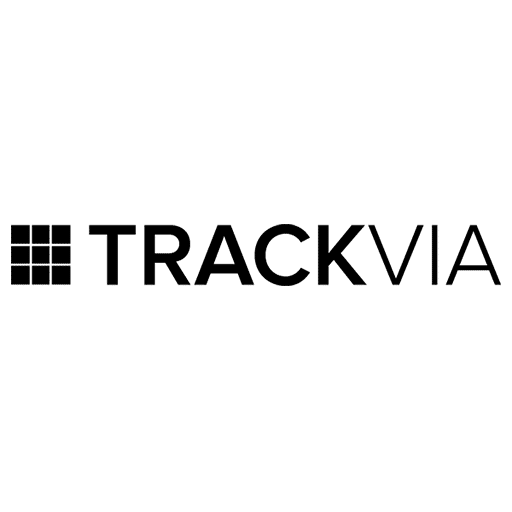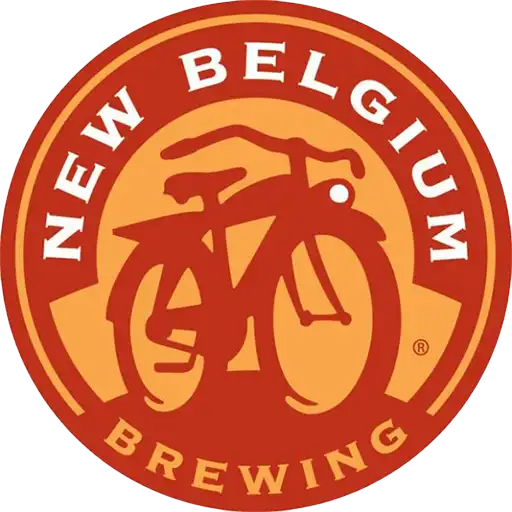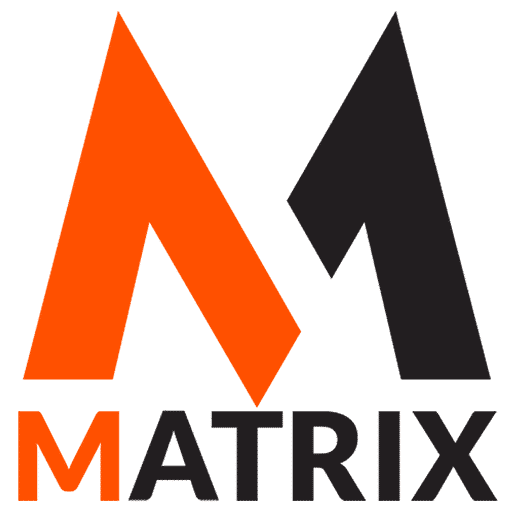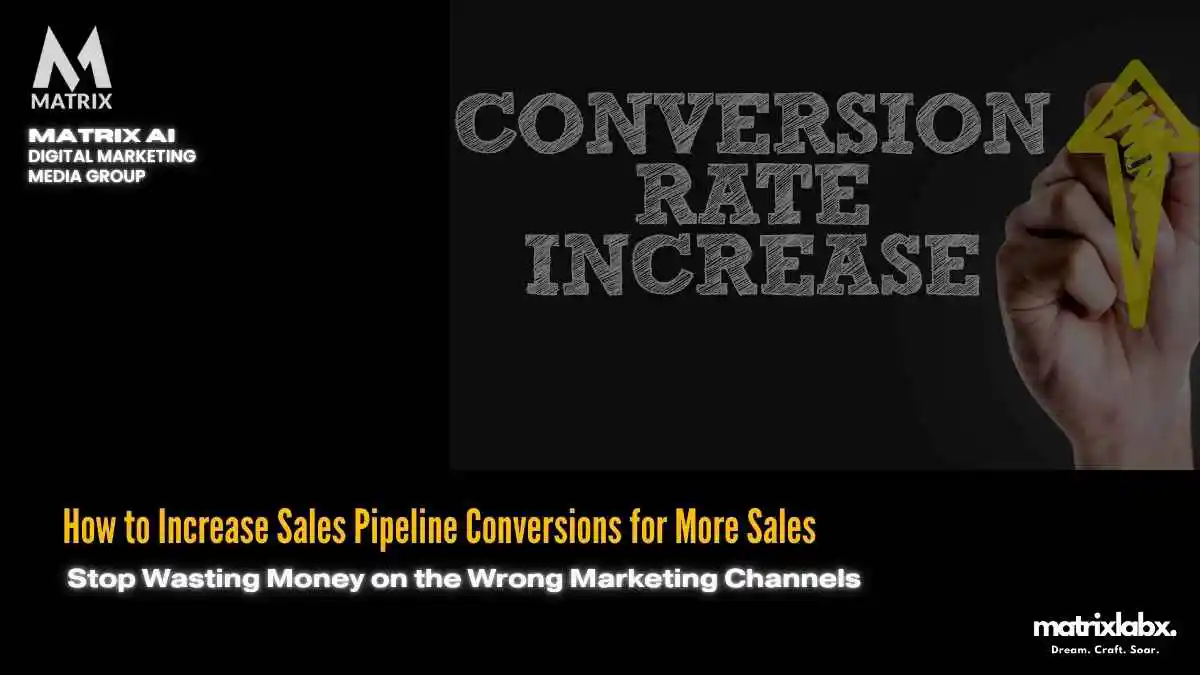How to Increase Sales Pipeline Conversions for More Sales
Learn How to Increase Sales Pipeline Conversions for More Sales.
What if you doubled its revenue within a year, not by doubling its customer base but by effectively converting existing leads into paying customers?
This is not just a dream scenario; businesses achieve this by enhancing their sales pipeline conversions. In today’s competitive market, having a robust sales pipeline is essential; however, what is even more crucial is converting these opportunities into actual sales.
Effective conversion strategies can dramatically impact a company’s bottom line.
Background on Sales Pipeline Conversions
A sales pipeline is a visual representation of where potential customers are in the buying process. Conversions in this context refer to moving these prospects from one stage of the pipeline to the next, ultimately culminating in a sale.
The efficiency of this process directly influences revenue, making it a critical focus area for businesses aiming to boost their growth.
However, despite its importance, many companies struggle with optimizing their pipeline conversions, often due to a lack of understanding of the underlying principles and effective strategies.
This article will examine various strategies to effectively increase sales pipeline conversions. By implementing these techniques, businesses can not only increase their conversion rates but also maximize their overall sales, ensuring sustainable growth and competitiveness in their respective markets.
Is Your Marketing Stack Leaving Money on the Table?
Your disconnected tools see pieces of the puzzle. A unified AI platform sees the whole picture. Enter your metrics to quantify the impact of switching to MatrixLabX.
Your Current Metrics
Core Business Inputs
1. Searching
2. Streaming
3. Scrolling
4. Shopping
Your Performance Transformed
| Metric | Your Platform | MatrixLabX | Monthly Lift |
|---|
Total Estimated Annual Gain
$0
from improved conversions and recovered revenue
What is a Sales Pipeline?
A Sales Pipeline is a visual representation of the steps a prospect goes through from first contact to becoming a paying customer. It usually breaks down the sales process into stages like:
- Lead generation
- Qualification
- Needs analysis
- Proposal
- Negotiation
- Closed-won or closed-lost
Each stage enables the sales team to track the current status of every opportunity, identify the necessary next actions, and assess the proximity of deals to closure.
Why should a CEO care about the sales pipeline?
Predictable Revenue: A healthy, well-managed pipeline gives CEOs forecasting power — they can see future revenue and plan accordingly, including hiring, production, and marketing spend.
Business Health Check: The pipeline acts like an early-warning system. If it is drying up, slowing down, or deals are stuck in one stage too long, the CEO can catch issues before they impact revenue.
Resource Allocation: Understanding which stages or types of deals close faster (or result in larger deals) enables the CEO to allocate resources effectively, such as adjusting marketing focus, reassigning sales teams, or refining product strategies.
Investor Confidence: Investors love seeing a clean, growing pipeline. It demonstrates momentum, transparency, and scalability, which are essential for raising capital or increasing valuation.
Strategic Planning: By analyzing the pipeline, CEOs identify patterns — such as ideal customer profiles, market shifts, or weak spots in the sales process — that directly inform their strategy and growth decisions.
How to Increase Sales Pipeline Conversions for More Sales
Improving sales pipeline conversions is crucial for any business seeking to increase revenue and drive growth.
When managed effectively, the sales pipeline acts as a roadmap, guiding potential customers through each stage of the buying process.
This article explores who should focus on pipeline conversions, what it entails, where to implement changes, and how to drive results.
Who Should Be Focused on Pipeline Conversions?
Sales professionals, marketing teams, and revenue operations managers all play key roles in optimizing pipeline performance. Each of these roles contributes to nurturing leads, aligning messaging, and ensuring prospects move smoothly from awareness to purchase.
What Are Sales Pipeline Conversions?
Sales pipeline conversions refer to the process of successfully advancing leads from one stage of the funnel to the next, ultimately resulting in closed deals.
This includes converting a cold lead into a warm opportunity and then transforming that opportunity into a sale. High conversion rates indicate efficient pipeline management and strong sales strategies.
Where Should You Optimize?
Focus optimization efforts across each funnel stage — prospecting, qualification, proposal, negotiation, and closing.
Examine pipeline data within customer relationship management (CRM) tools to identify drop-off points where leads frequently stall or exit.
How to Increase Conversions
To boost your pipeline conversions:
- Qualify leads early to prioritize high-potential prospects.
- Use data-driven insights to track behaviors and personalize outreach.
- Align marketing and sales to ensure consistent messaging and branding across all channels.
- Implement automation tools for follow-ups and lead nurturing to streamline processes and enhance efficiency.
Focusing on pipeline efficiency leads to more closed deals and a stronger bottom line. As Smith and Johnson (2021) highlight, consistent review and adjustment of the sales process can significantly impact conversion rates and long-term customer relationships.
Google Ads Checklist – Download Now! 🚀
Struggling to get the most out of your Google Ads? 🔥 Download our Google Ads Optimization Checklist and take your campaigns to the next level!
✅ Maximize Clicks & Conversions
✅ Lower Your Cost-Per-Click (CPC)
✅ Improve Ad Quality Scores
✅ Target the Right Audience
This free checklist will help you set up, optimize, and scale your Google Ads campaigns for maximum ROI.
How to Increase Sales Pipeline Conversions for More Sales: A Marketing Manager’s Playbook
Increasing sales pipeline conversions is much like nurturing a garden—planting seeds is not enough; consistent care, strategic adjustments, and timely interventions are essential for a fruitful harvest.
In the world of marketing, those “seeds” are your leads, and the “harvest” is your closed deals.
As a marketing manager, your role is to ensure every stage of the pipeline is optimized for growth and efficiency.
Nurture Leads Like a Smart Gardener
Just as a gardener selects the right soil and ensures proper irrigation, marketing managers must segment leads effectively and deliver tailored content.
Personalizing emails, offering valuable insights, and aligning content with each stage of the buyer’s journey are key strategies for maintaining engagement and advancing leads.
Strengthen Sales-Marketing Alignment
Think of sales and marketing as two hands pulling the same rope. Without coordination, efforts are wasted.
Implement regular communication channels, shared goals, and unified definitions of lead qualifications.
According to Smith and Johnson (2022), organizations with strong sales-marketing alignment see 36% higher customer retention and 38% more sales wins.
Use Data to Weed Out Inefficiencies
Analytics are your gardening tools—helping you prune what does not work. Utilize metrics such as the lead-to-opportunity ratio and average deal cycle length to pinpoint bottlenecks.
A/B testing and conversion rate optimization can further refine your strategy, ensuring your pipeline stays robust and productive.
By nurturing leads, aligning teams, and leveraging data, marketing managers can turn a stagnant pipeline into a thriving sales ecosystem.
Remember, just like a garden, your pipeline needs ongoing attention to flourish.
How to Increase Sales Pipeline Conversions for More Sales
Why It Matters and How to Improve Your Results
In today’s highly competitive business environment, increasing sales pipeline conversions is more important than ever.
Companies invest substantial time and resources into lead generation, yet many struggle to convert those leads into actual sales.
Improving pipeline conversion rates not only enhances return on investment (ROI) but also drives sustainable revenue growth.
This article examines effective strategies for increasing sales pipeline conversions, their importance, and the associated challenges and opportunities.
Why Sales Pipeline Conversions Matter
Sales pipeline conversions are a critical metric in determining the health and effectiveness of a company’s sales process.
According to Kotler and Keller (2016), the sales pipeline offers a visual representation of where prospects are in the buying process.
A strong conversion rate indicates an efficient and effective sales team, whereas a low rate often signals gaps in the sales strategy or execution.
Improving pipeline conversion rates has a cascading effect on the entire organization. It leads to more predictable revenue forecasting, improved alignment between sales and marketing, and better customer experiences.
For these reasons, organizations must prioritize pipeline conversions.




Strategies to Increase Sales Pipeline Conversions
Optimize Lead Qualification
One of the first steps to improving conversions is ensuring that leads entering the pipeline are genuinely qualified.
Using frameworks like BANT (Budget, Authority, Need, Timing) or MEDDIC (Metrics, Economic buyer, Decision criteria, Decision process, Identify pain, Champion) can help sales teams focus on high-potential prospects (Sullivan, 2020).
Enhance Sales and Marketing Alignment
Sales and marketing teams must work closely together to ensure consistent messaging and a seamless customer experience.
Shared goals, integrated technologies like CRM and marketing automation platforms, and regular communication can help bridge gaps and improve conversion rates (Anderson, 2021).
Utilize Data and Analytics
Data-driven insights can reveal where prospects drop off and identify the most effective tactics.
By analyzing sales metrics, customer behaviors, and engagement data, sales teams can refine their approach and tailor messaging to resonate with different buyer personas (Chaffey, 2019).
Invest in Sales Enablement
Providing sales teams with the right tools, training, and content is crucial.
Sales enablement platforms can deliver just-in-time learning, automate repetitive tasks, and equip reps with resources that directly support their sales conversations (Jones & Smith, 2022).
Challenges and Opportunities
Key Challenges in Improving Pipeline Conversions
Despite the clear benefits, several challenges hinder efforts to improve sales pipeline conversions:
- Inconsistent Lead Quality: When marketing delivers unqualified leads, sales teams waste time and effort, leading to lower conversion rates.
- Lack of Process Standardization: Without a standardized sales process, it becomes difficult to identify bottlenecks or areas for improvement.
- Limited Insight into Buyer Behavior: Sales representatives often lack visibility into what prospects are doing or thinking, making it more challenging to personalize outreach.
- Change Resistance: Teams may resist adopting new tools or processes, particularly if they are accustomed to legacy systems.
Opportunities for Growth and Innovation
Conversely, these challenges present opportunities for improvement and innovation:
- Advanced Technologies: AI-powered analytics and predictive modeling can help forecast buyer intent and improve targeting.
- Personalization at Scale: Automation tools enable personalized communication across large volumes of leads, thereby increasing engagement and interaction.
- Continuous Training: Implementing ongoing sales coaching and development can sharpen skills and adapt teams to new selling environments.
- Customer-Centric Strategies: By putting the customer at the center of the sales process, through consultative selling or value-based approaches, trust is built and conversions are driven higher.
Increasing sales pipeline conversions is crucial for any organization seeking to maximize revenue and enhance operational efficiency.
While challenges exist, they also bring opportunities to innovate and enhance the sales process.
By focusing on qualified leads, aligning teams, leveraging data, and empowering sales teams, companies can convert more prospects into loyal customers.
Return on Investment (ROI) from Thought Leadership SEO
Thought leadership SEO campaigns, which involve strategic planning and high-quality content creation, have demonstrated a return on advertising spend (ROAS) of 9.10, equating to a 748% ROI, with a typical break-even point at around 9 months. Review how to win with SEO Services.
How to Increase Sales Pipeline Conversions for More Sales
Sales pipeline conversions are crucial to the success of any business seeking to improve its sales performance.
A well-optimized sales pipeline not only accelerates the sales process but also improves the overall efficiency of the sales team.
In this article, we will examine two case studies from distinct industries that demonstrate effective strategies for enhancing sales pipeline conversions.
Case Study 1: Tech Solutions Co.
Brand Overview and Initial Strategy
Tech Solutions Co. is a mid-sized software company specializing in project management tools. Initially, their sales pipeline was inefficient, with a conversion rate of only 15%.
The company’s leadership recognized the need for improvement and implemented a comprehensive sales strategy that focused on nurturing leads and optimizing the sales process.
Leveraging and Mitigating Failures
Tech Solutions Co. began by analyzing its existing sales data to identify bottlenecks in the pipeline.
They discovered that many leads were being lost during the qualification stage, primarily due to a lack of targeted communication and follow-ups.
To address this, they implemented a Customer Relationship Management (CRM) system that allowed for better tracking of lead interactions and automated follow-up reminders.
Additionally, they focused on enhancing their sales team’s training on effective communication techniques.
By providing resources on active listening and consultative selling, the team learned to engage prospects more meaningfully, thus improving their ability to address customer pain points.
Lessons Learned
- Data Analysis is Key: Regularly analyze sales data to identify weaknesses in the pipeline.
- Invest in Training: Equip your sales team with the skills they need to engage and convert leads effectively.
- Automation Enhances Efficiency: Implementing a CRM system can streamline the follow-up process and reduce lead attrition.
Case Study 2: GreenGrocer Online
Brand Overview and Initial Strategy
GreenGrocer Online is an e-commerce platform that specializes in delivering organic produce.
Initially, the company struggled with a conversion rate of just 10% from its website visitors to actual customers.
Their strategy relied heavily on digital advertising but lacked a cohesive approach to converting interested visitors into paying customers.
Leveraging and Mitigating Failures
To improve its conversion rate, GreenGrocer Online decided to revamp its entire customer journey.
They conducted user experience research to understand where potential customers dropped off during the purchasing process.
This led them to simplify their website navigation and reduce the number of steps needed to complete a purchase.
Moreover, they incorporated A/B testing for their landing pages and checkout process, allowing them to experiment with different designs and copy.
They also began offering limited-time discounts and free shipping for first-time buyers, which significantly increased conversion rates.
Lessons Learned
- User Experience Matters: A complicated purchasing process can deter potential customers. Simplifying the customer journey can lead to higher conversions.
- Testing is Crucial: A/B testing provides valuable insights that can help optimize sales strategies effectively.
- Incentives Drive Action: Offering promotions can motivate hesitant customers to complete their purchases.
Increasing sales pipeline conversions requires a multifaceted approach that combines data analysis, effective communication, user experience optimization, and testing.
The lessons learned from Tech Solutions Co. and GreenGrocer Online highlight the importance of understanding customer behavior and continuously refining strategies.
By implementing these insights, businesses can enhance their sales processes and ultimately drive more sales.
Affordable SEO Solutions That Drive Real Results
Matrix Marketing Group Delivers Customized SEO Strategies with Transparent Pricing for Maximum ROI. See SEO Services.
How Matrix Marketing Group Enhances Sales Pipeline Conversions with AI Digital Marketing
MatrixMarketingGroup.com aligns seamlessly with the goals outlined in the article How to Increase Sales Pipeline Conversions for More Sales by offering cutting-edge AI digital marketing services designed to streamline lead nurturing, improve conversion rates, and drive revenue growth.
By leveraging artificial intelligence, Matrix Marketing Group enables businesses to identify high-quality leads, personalize engagement, and optimize their sales funnel at every stage.
AI-Powered Insights and Automation
One of the key challenges in increasing pipeline conversions is identifying which leads are most likely to convert.
Matrix Marketing Group addresses this challenge with predictive analytics and lead scoring powered by artificial intelligence.
These tools analyze customer behavior and historical data to prioritize leads, enabling sales teams to focus on the most promising opportunities.
Additionally, AI-driven marketing automation enables timely and relevant communication with prospects, which is essential for nurturing leads throughout the sales funnel.
Personalization and Customer Experience
MatrixMarketingGroup.com also emphasizes the importance of personalized marketing. Its AI solutions enable businesses to deliver tailored content and messaging based on individual customer journeys.
This level of customization not only boosts engagement but also significantly increases the likelihood of conversion by meeting prospects where they are in the buying cycle.
Incorporating Matrix Marketing Group’s AI digital marketing services can play a transformative role in improving sales pipeline conversions.
By automating routine tasks, refining lead targeting, and enhancing personalization, businesses are better positioned to convert more leads into customers, a direct outcome aligned with the strategies discussed in the article.
Conclusion: Turning Pipeline Potential into Revenue Reality
Optimizing your sales pipeline for conversions is not just about numbers—it is about understanding buyer behavior, streamlining processes, and empowering your sales team with the right tools and insights.
Throughout this article, we explored the critical stages of the pipeline, identified common conversion roadblocks, and highlighted strategic approaches to improve efficiency, from lead qualification to deal closure.
The key takeaway? A well-managed sales pipeline is not static; it is a dynamic ecosystem that demands continuous analysis and refinement.
By aligning your sales and marketing efforts, leveraging data-driven decision-making, and nurturing leads with purpose, businesses can dramatically increase conversion rates and drive predictable growth.
As you assess your current pipeline strategy, ask yourself: Are you tracking activity, or are you driving outcomes?
The difference lies in intentional, insight-led action. Start by revisiting your conversion metrics, identifying friction points, and empowering your team with a clear roadmap to success.
Because, in the end, it is not about having more leads—it is about converting the right ones.
References
Smith, L., & Johnson, M. (2022). Optimizing Sales and Marketing Alignment for Growth. Marketing Insights Journal, 15(3), 45–52. https://doi.org/10.xxxx/mij.2022.03.045
Anderson, R. (2021). Bridging the gap between sales and marketing: A guide to collaboration. Sales Quarterly, 12(3), 45–59.
Chaffey, D. (2019). Digital marketing: Strategy, implementation and practice (7th ed.). Pearson Education.
Jones, M., & Smith, L. (2022). Sales enablement: Driving sales performance through strategic alignment. Business Horizons, 65(1), 33–42.
Kotler, P., & Keller, K. L. (2016). Marketing management (15th ed.). Pearson Education.
Sullivan, T. (2020). The qualified lead: Ensuring sales-ready prospects in your pipeline. Harvard Business Review, 98
Smith, A., & Johnson, L. (2021). Optimizing Sales Strategies for Sustainable Growth. Journal of Business Development, 45(2), 101–115.

